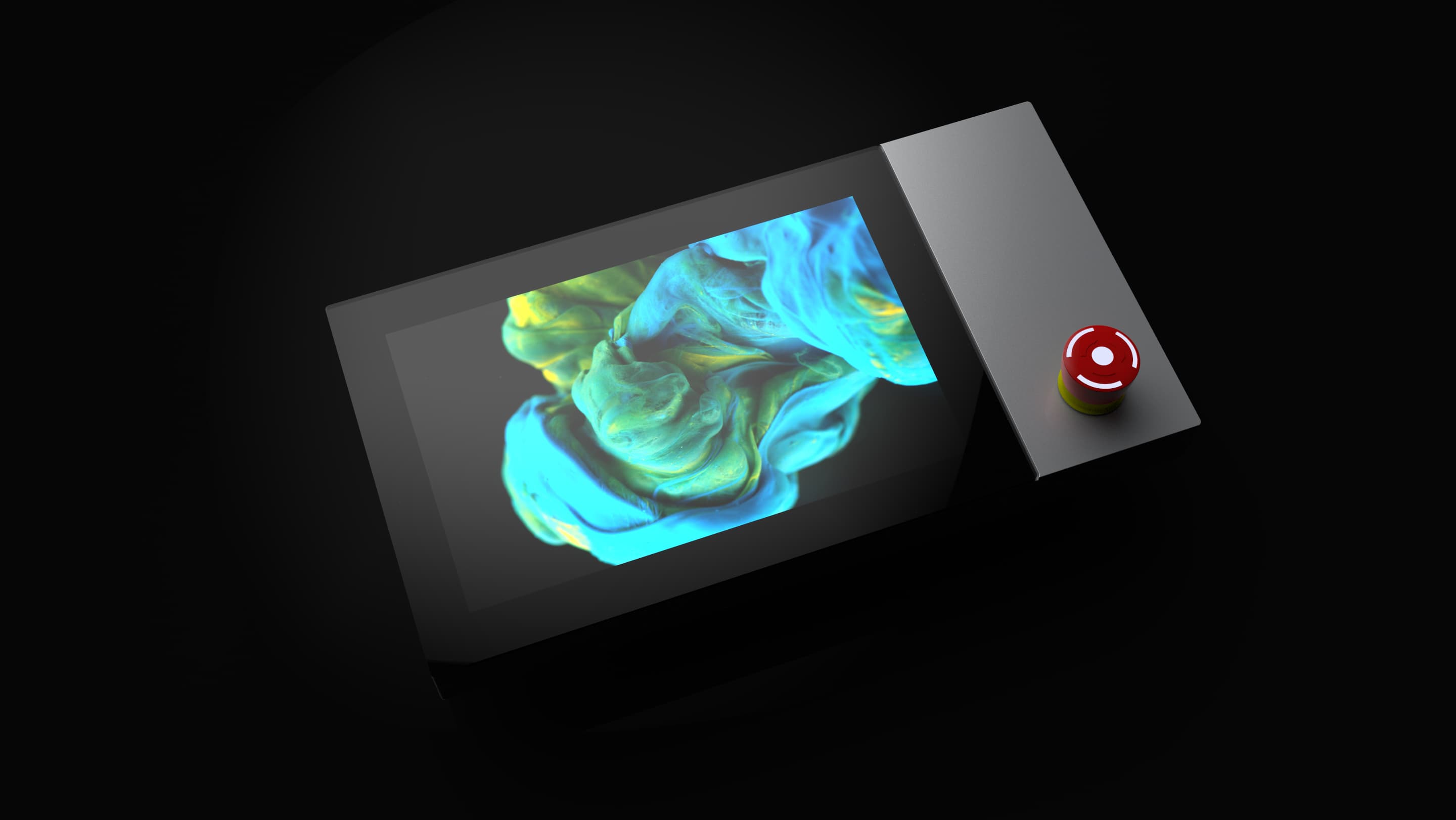The age of the Internet of Things (IoT) has long since begun to change our lives. Every year, more new applications are created, and at CeBIT we are presented with the latest market trends that connect us humans with the IoT.
So-called "human-machine interfaces" (HMI) in the form of robust displays are responsible for the interaction of the application with the user. Depending on which communication and control strategies are necessary for the Internet of Things. The touch display integrated in smartphones or tablets is extremely well suited for this task. This is because it is used to output and coordinate all the information brought together in the device.
Touch display as a human-machine interface
By 2020, more and more objects such as industrial production facilities, machines, vehicles, televisions, refrigerators, cameras, etc. be networked with each other. Around 100 billion worldwide is estimated. For the touch display market, of course, this also means a higher sales market worldwide.
In the field of electromobility alone, where touchscreen integration is almost normal in today's vehicles, Statistica forecasts predict that more than 35 million touchscreens will be installed in passenger cars by 2019. We think that this is an impressive number in this area alone. If you would like to learn more about the possible applications of touch displays, visit our Industries section.
Definition:
- Internet of Thins (IoT)
- Human-Machine Interfaces (HMI)

